
Light Conversions in the Greenhouse
When working inside a growing system such as a greenhouse or a plant factory system we must have enough knowledge about light management. When we understand light we can make smart decisions to promote the best environmental conditions to promote growth, development and yield in our crops.
Continue reading How to calculate the light a crop is receiving in the greenhouse
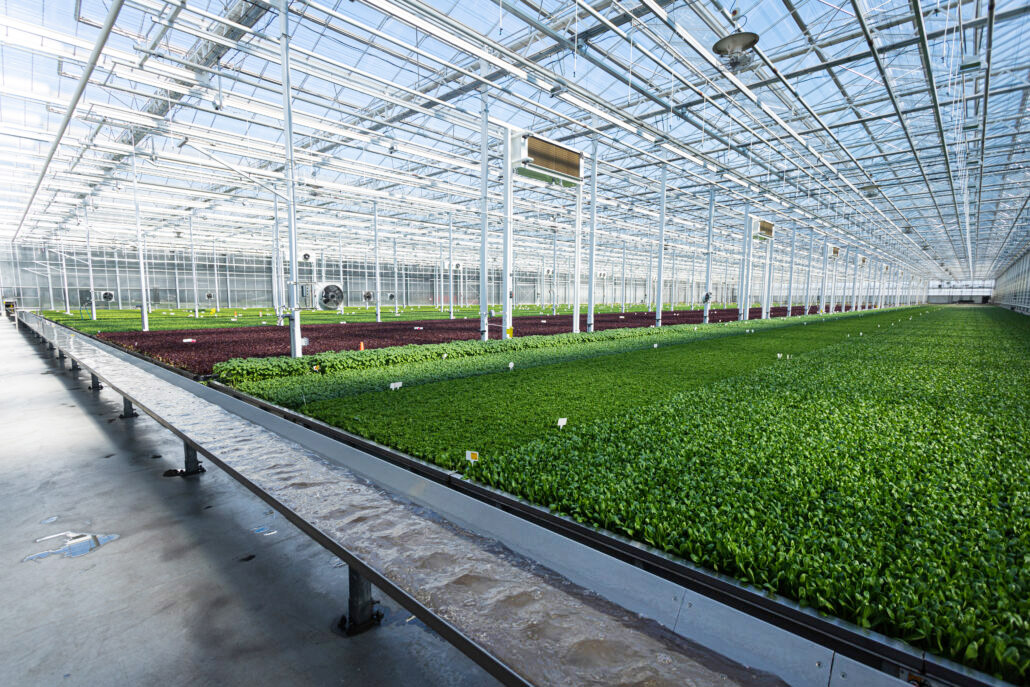
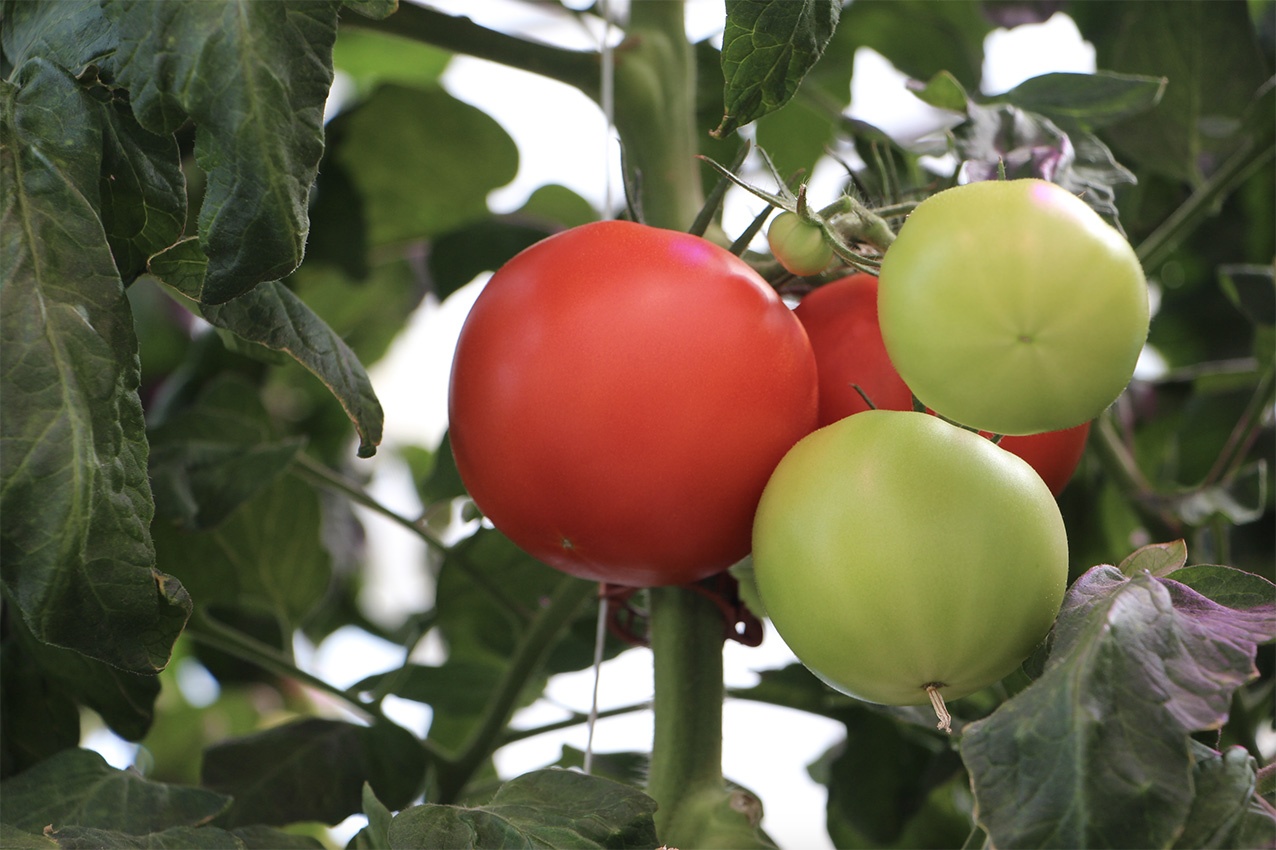

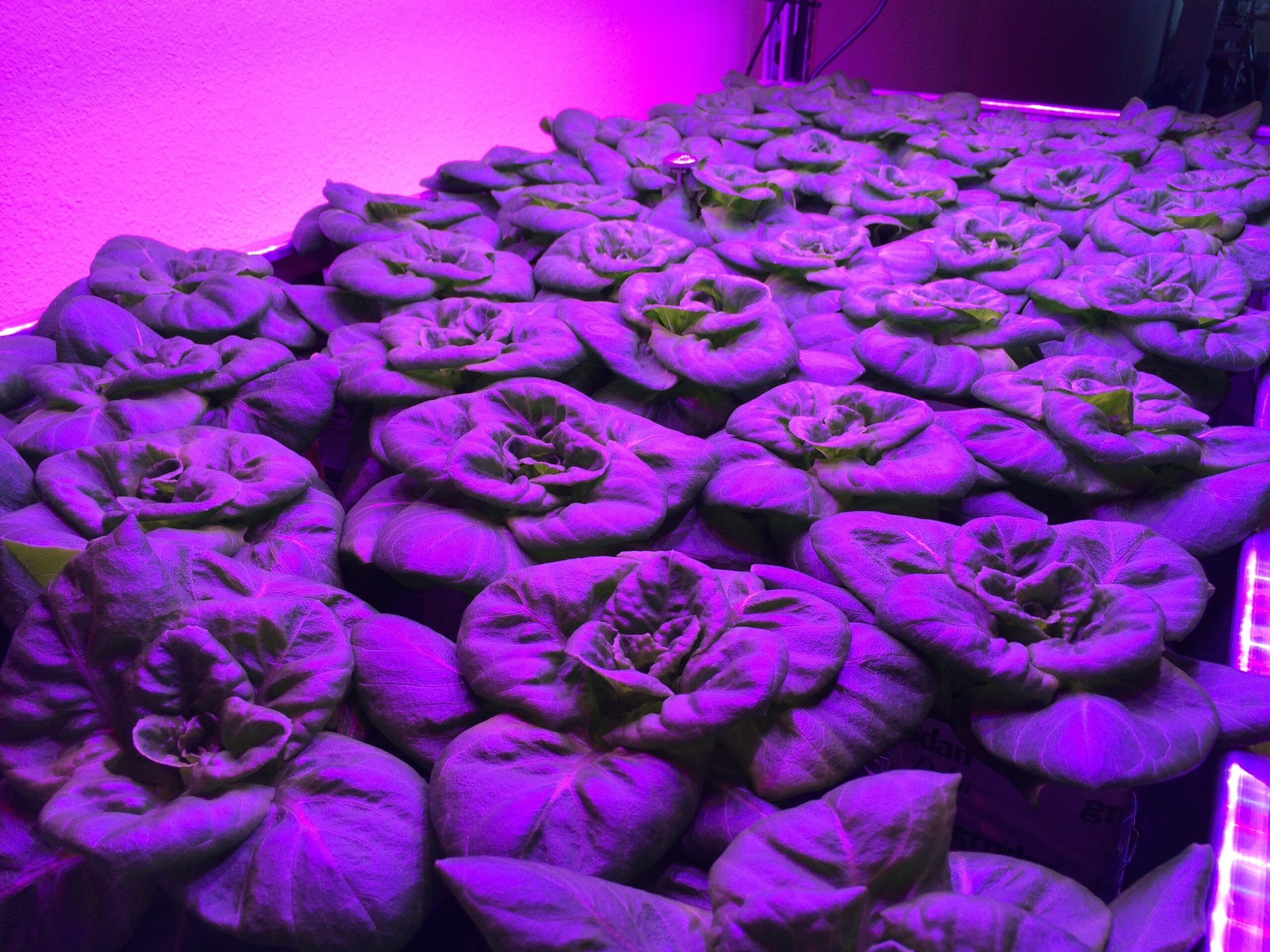



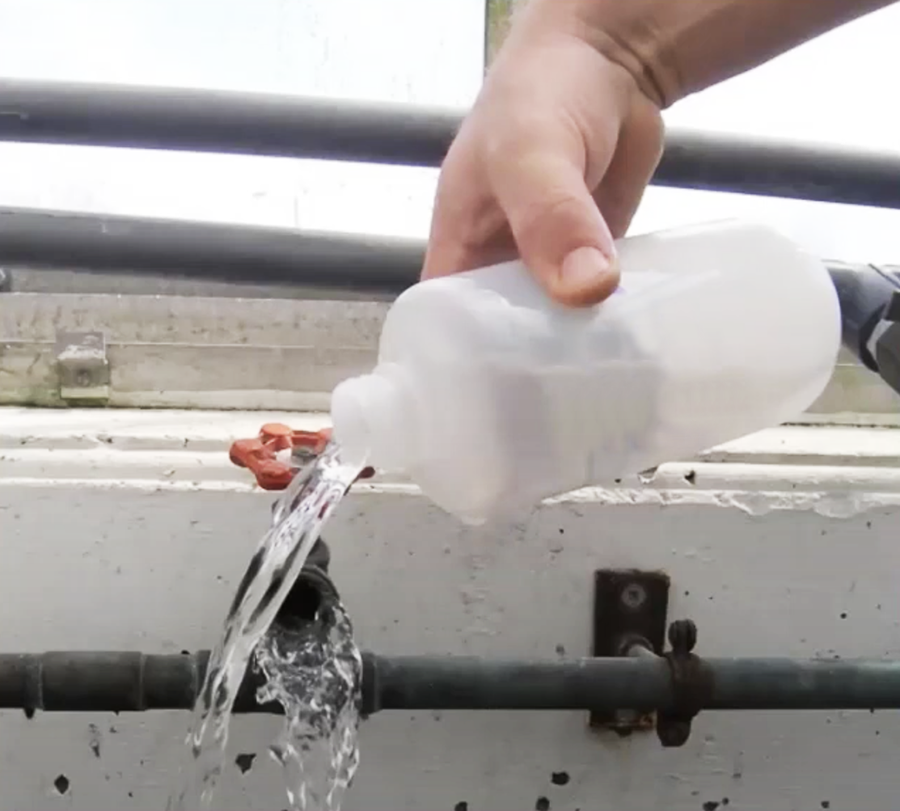

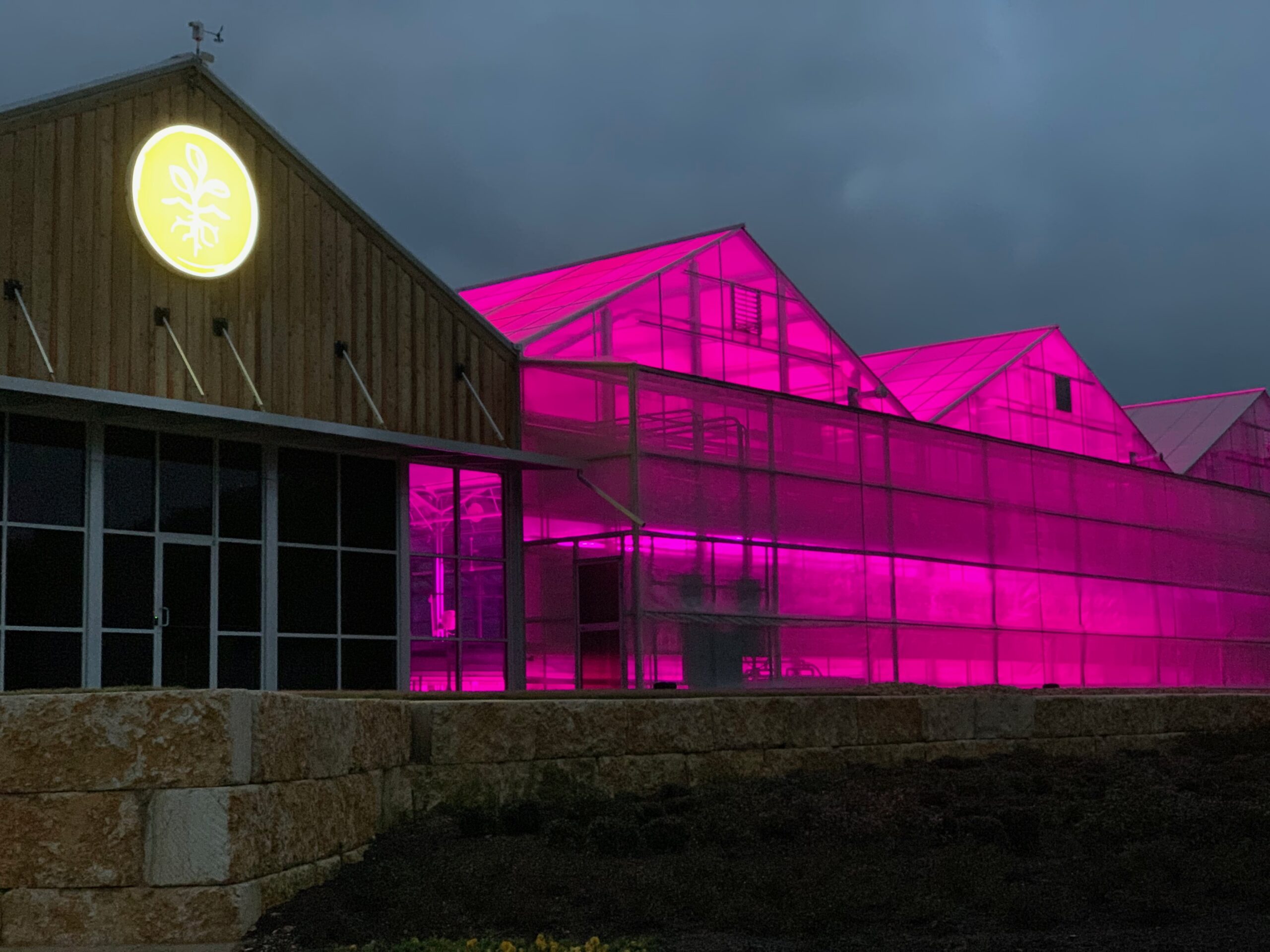
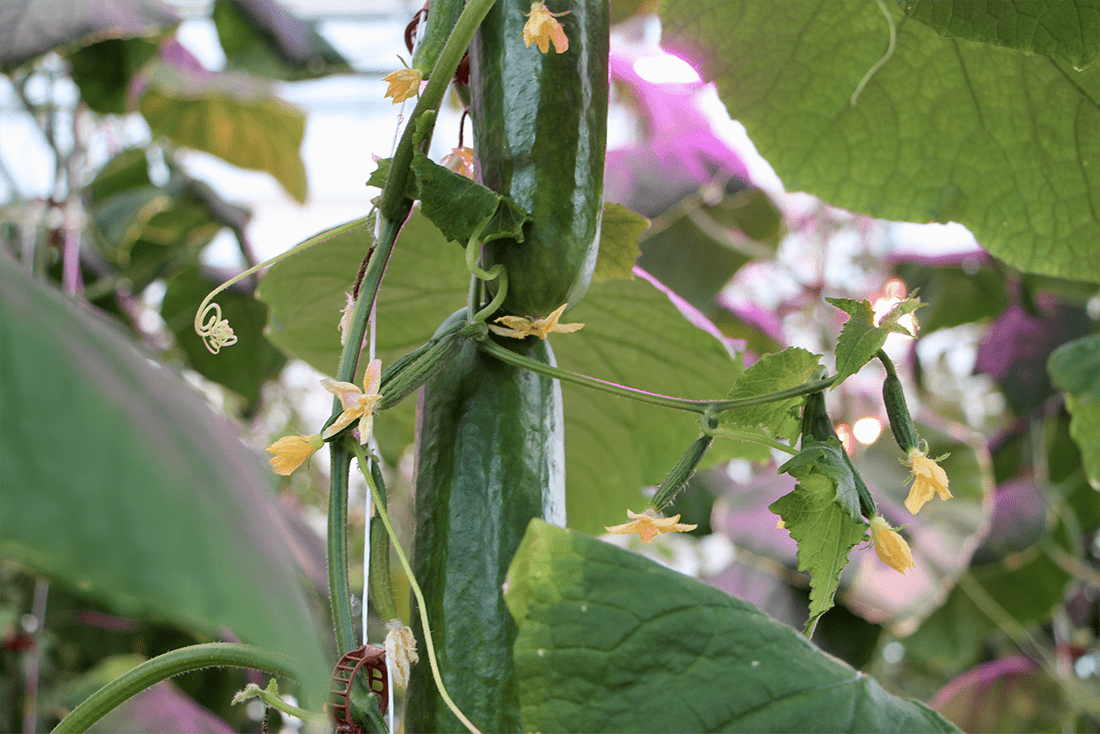
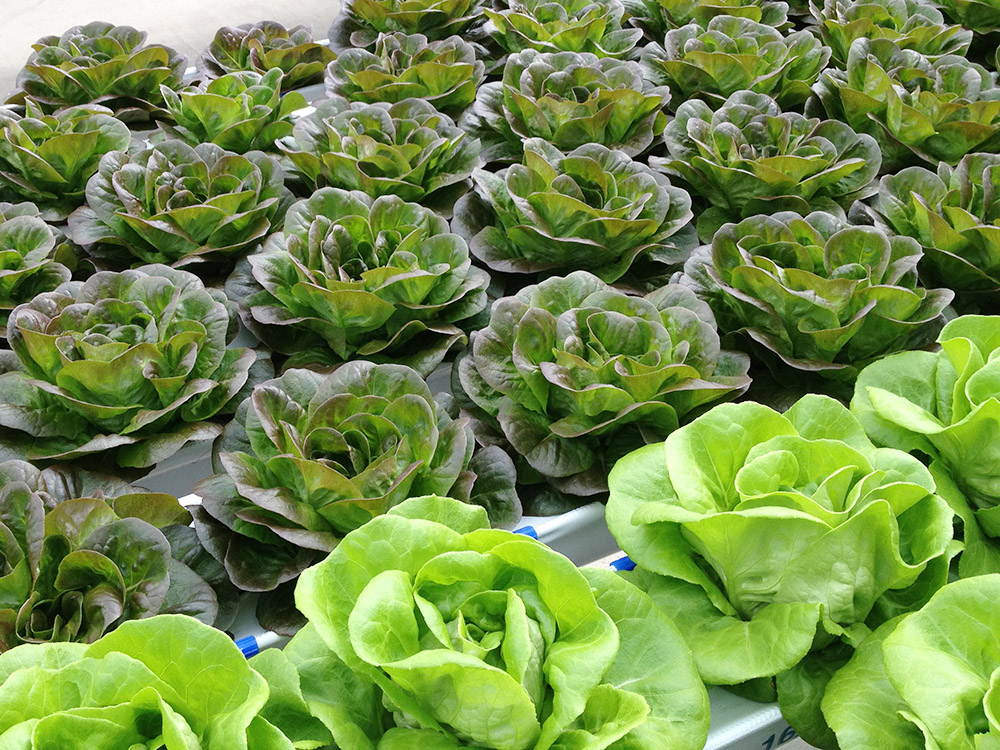
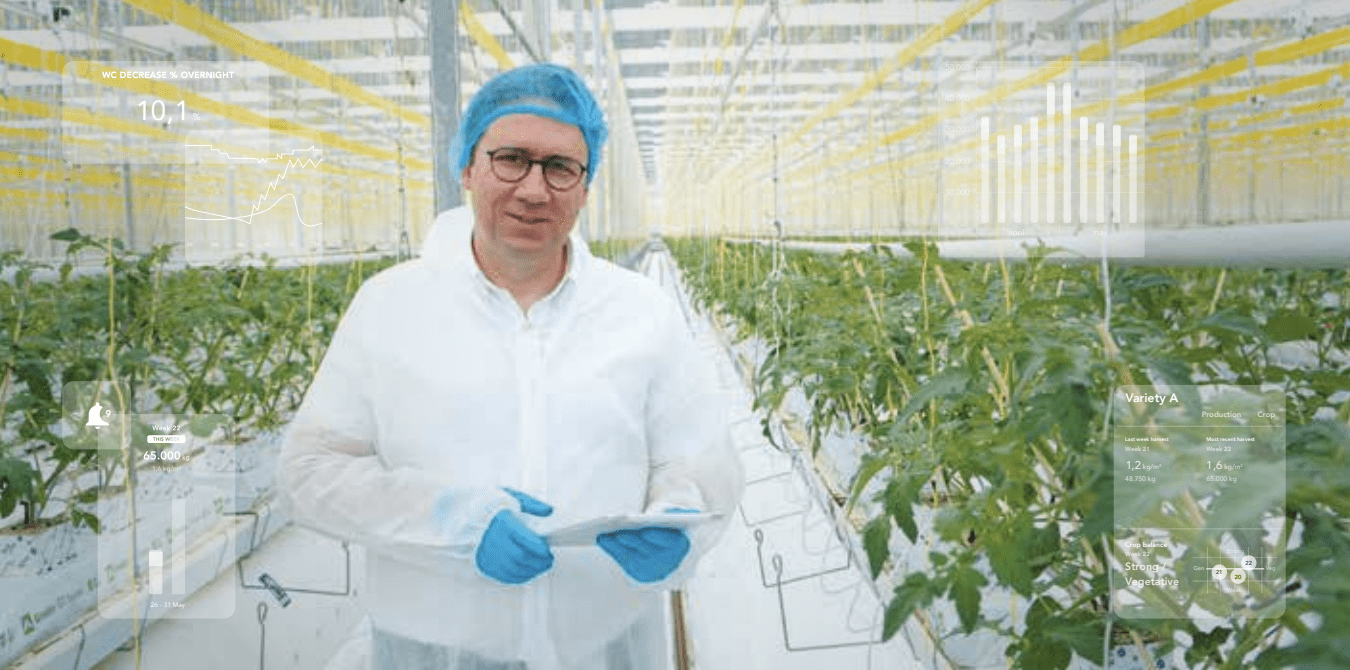


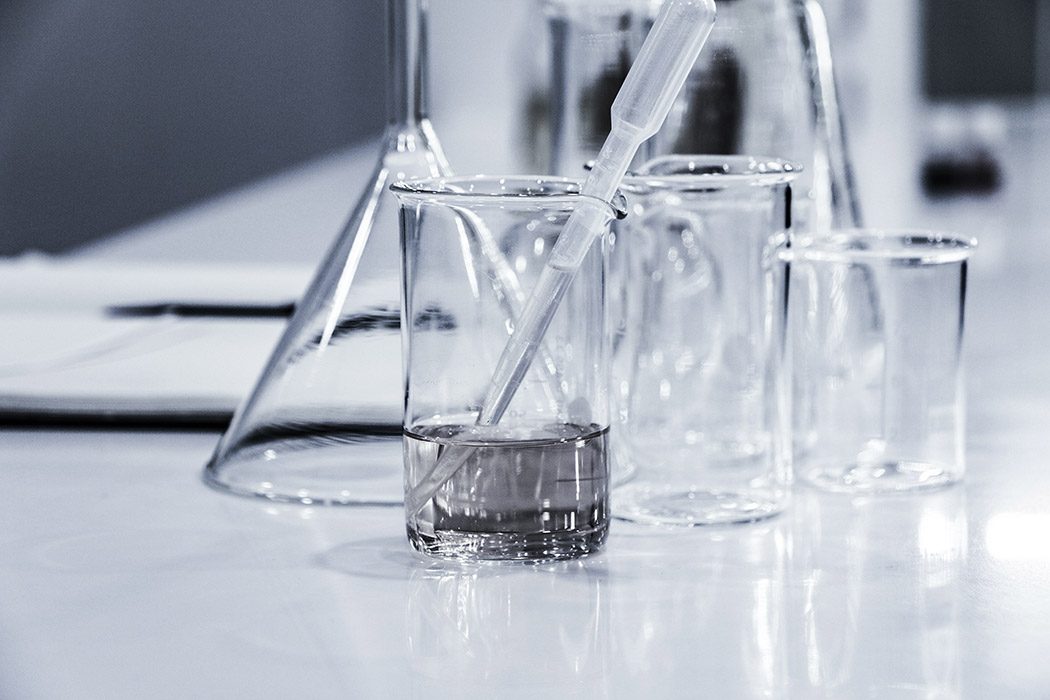
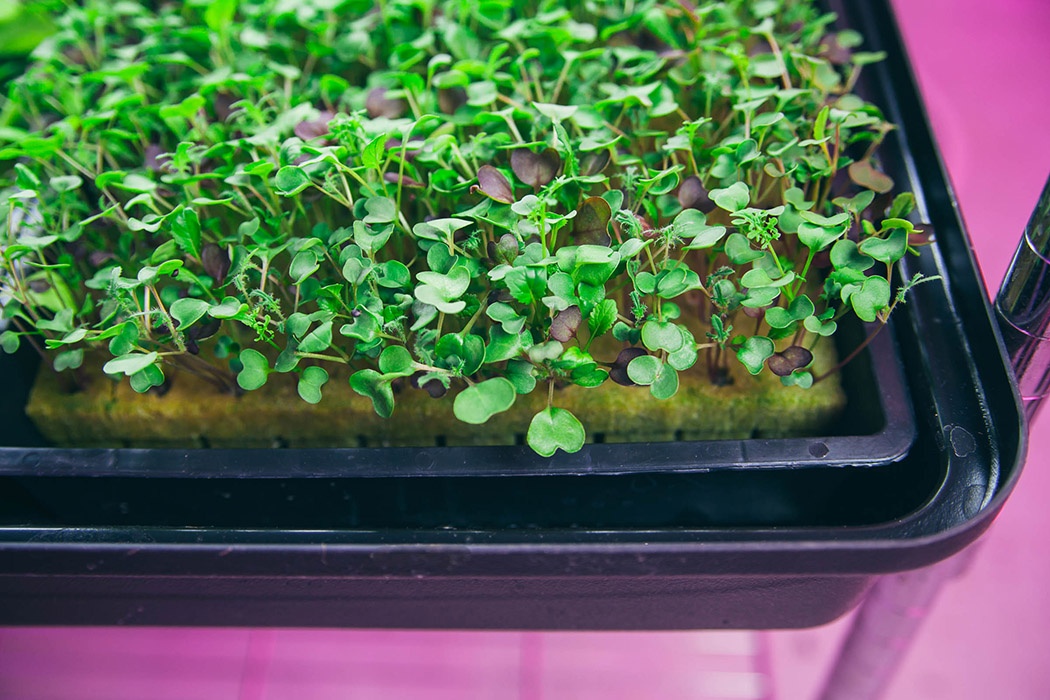
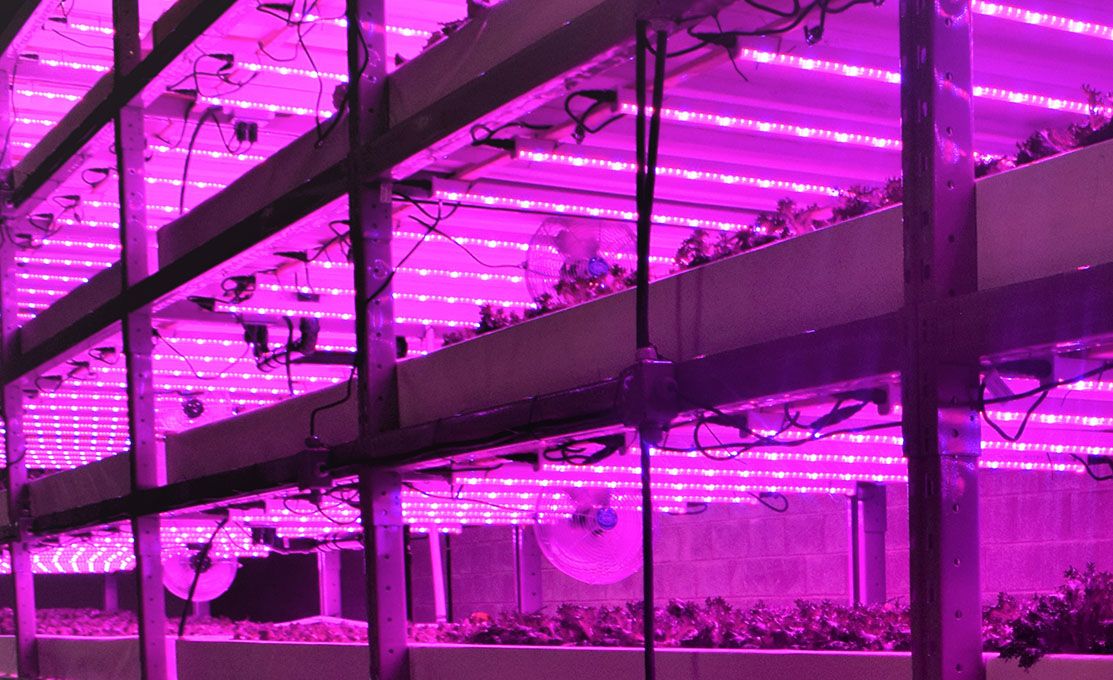

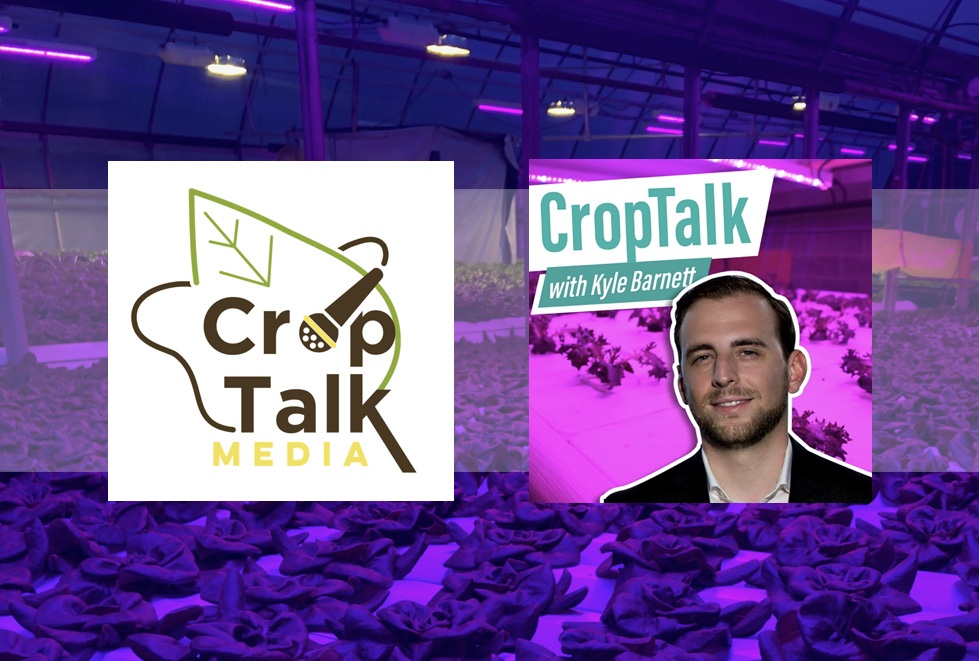


You must be logged in to post a comment.